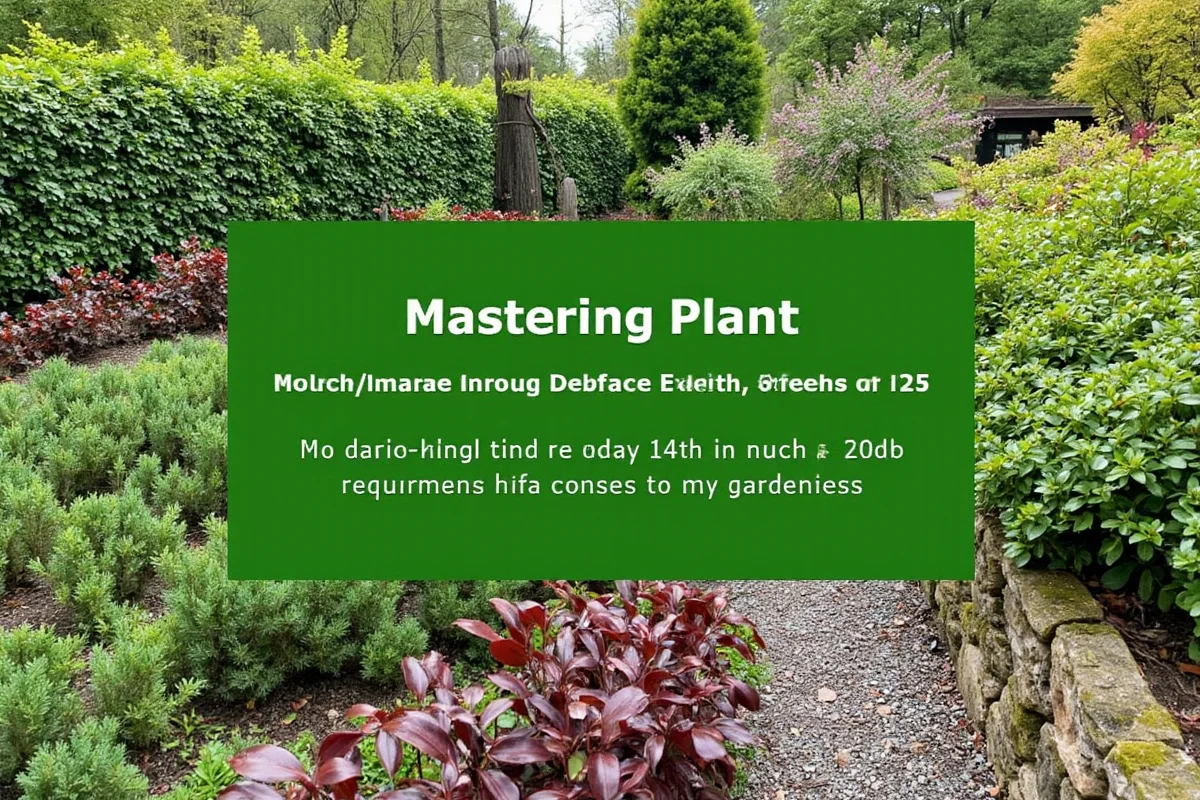Hanging succulent plants and trailing varieties have become immensely popular due to their unique beauty and easy maintenance. Whether you're an experienced gardener or new to the world of greenery, caring for these plants can be both rewarding and simple. This guide breaks down the essentials you need to know to keep your hanging succulents thriving in any environment.
Choosing the Right Hanging Succulent
When it comes to selecting hanging succulent plants for your home, there are a few key factors to consider to ensure they complement your space and lifestyle. Succulents come in a wide variety, each having unique traits that make them suitable for different conditions.- Understand Your Climate: Before selecting any plant, it's crucial to know the climate you live in. Some succulents, like the String of Pearls or Burro's Tail, thrive in warmer, drier environments, while others may tolerate cooler temperatures.
- Consider Light Requirements: Succulents generally enjoy bright light but differ in how much direct sunlight they can handle. Hanging succulents such as the String of Hearts requires indirect light, making them suitable for indoor locations near windows.
- Assess Maintenance Levels: Some trailing plants are easier to care for than others. Think about how much time you can dedicate to plant care before choosing a succulent. Less demanding plants include the Donkey Tail and the Fishhook Senecio.
- Shop Local or Online: You can find succulents at your local nurseries or garden stores. Shopping online expands your options and sometimes offers rare varieties.
Essential Watering Tips
Watering is a critical aspect of caring for hanging succulent plants, as improper watering can easily lead to root rot or dehydration. Understanding the specific watering needs of your trailing succulents will ensure they grow healthy and strong.- Know Your Plant's Water Needs: Each succulent type has its own watering requirement. Some need frequent watering while others can go weeks without moisture. Always research the specific needs of your chosen succulent.
- Use the Soak and Dry Method: Succulents prefer a soak and dry watering approach, meaning you should water the soil thoroughly and then allow it to dry completely before the next watering session.
- Avoid Overwatering: One of the most common mistakes in succulent care is overwatering. It's better to under-water than over-water, as succulents store moisture in their leaves.
- Watch for Signs of Deficiency: Droopy leaves or stems can indicate dehydration, whereas soggy soil or yellowing leaves may signal overwatering. Adjust your watering habits accordingly.
Optimal Lighting Conditions
Lighting is another vital factor in keeping your hanging succulents healthy. These plants often require specific lighting conditions to grow well, and knowing these can make a big difference.- Provide Bright, Indirect Light: Many trailing succulents prefer bright, indirect light for optimal photosynthesis. Direct sunlight can burn their leaves, especially during peak afternoon hours.
- Adjust During Seasonal Changes: With changes in seasons, the angle and intensity of sunlight can vary. Move your plants to adequately cater to their light needs throughout the year.
- Consider Artificial Lighting: If natural light is scarce, consider using grow lights to supplement their light needs. LED lights are energy-efficient and provide the necessary spectrum for plant growth.
- Test Different Locations: Experiment with different spots within your home to find the best lighting conditions for your succulents. Take note of their response to find the optimal location.
Using the Right Soil
Choosing the right soil is crucial for the health of your hanging succulent plants. Succulents require soil that drains well and provides the right nutrients for their growth.- Opt for Well-Draining Soil Mix: Use a soil mix specifically made for succulents, which typically has coarse sand, perlite, or pumice to ensure proper drainage.
- Regularly Check Soil Quality: Over time, nutrients can deplete from soil. Periodically check soil quality and replace or amend it to maintain its ideal properties.
- Avoid Dense or Heavy Soils: Heavy soils retain water and can lead to root rot. Always opt for a light, airy soil mixture.
- Consider Pot Materials: Terra cotta pots are great for succulents, as they allow soil to dry quickly due to their porous nature.
Propagation Techniques
Propagating hanging succulents can be a fun and rewarding task that allows you to expand your collection and share with friends.- Leaf Cutting Method: Succulents can often be propagated from leaves. Carefully remove a leaf and let it dry before placing it on well-drained soil.
- Stem Cutting Technique: Use sharp scissors to cut healthy stems, then place them into soil after letting them callous. This technique works well for plants like String of Pearls.
- Water Propagation: Some succulents can root in water. Place stem cuttings in water and wait for roots to develop before transferring them to soil.
- Be Patient: Propagation is a slow process. It requires patience and regular care to ensure new plants thrive.
In conclusion, caring for hanging succulent plants and trailing varieties involves understanding their needs in terms of climate, watering, light, soil, and propagation. By following these simple guidelines and paying attention to your plants' conditions, you can enjoy a vibrant and flourishing array of succulents in your home or garden.











 浙公网安备
33010002000092号
浙公网安备
33010002000092号 浙B2-20120091-4
浙B2-20120091-4